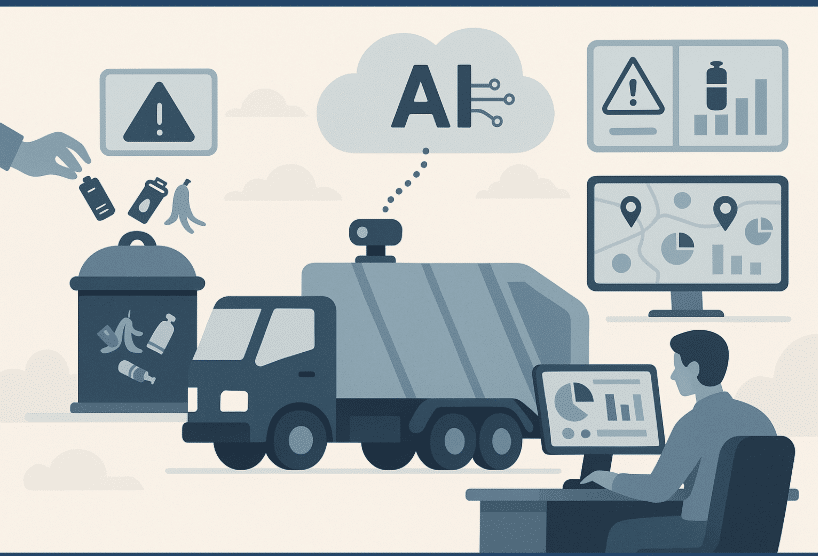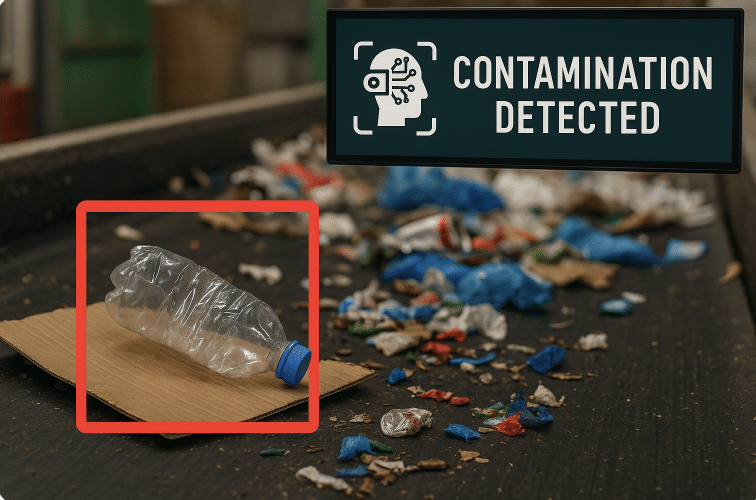Waste & material traceability solution for sustainable facilities

The waste management industry stands at a technological crossroads. While traditional methods have served us for decades, the integration of image recognition technology is no longer a luxury—it’s becoming a necessity. Companies that fail to adopt these solutions face mounting financial losses and potentially catastrophic safety risks.

Contamination in recyclable materials represents one of the most significant financial challenges facing waste management companies today. When non-recyclable items mix with valuable materials like paper, plastic, or metals, the entire batch can lose substantial value or face complete rejection by buyers.
Consider this scenario: a single load of contaminated recyclables can result in revenue losses of thousands of dollars. Multiply this across daily operations, and the annual impact becomes staggering. Traditional manual sorting methods simply cannot keep pace with the volume and complexity of modern waste streams.
Image recognition technology changes this equation entirely. Advanced AI systems can identify contamination in real-time, enabling immediate intervention at the source. This proactive approach preserves material value, maintains customer relationships, and protects revenue streams that would otherwise be lost.
Beyond financial considerations lies a far more serious concern: safety. Gas tubes, aerosol cans, and other pressurized containers pose extreme dangers when they enter waste processing systems undetected.
The consequences can be devastating:
Image recognition systems excel at identifying these hazardous items before they enter the processing chain. By flagging dangerous materials early, companies can remove threats safely and maintain continuous operations.

Waste management companies that delay adopting image recognition technology face a perfect storm of challenges:
The question isn’t whether image recognition technology will become standard in waste management—it’s how quickly companies will adapt. Early adopters are already seeing improved profit margins, enhanced safety records, and stronger customer relationships.
The technology exists today. The benefits are proven. The only remaining question is: can your company afford not to invest in image recognition solutions?
The future of waste management is intelligent, safe, and profitable. The time to act is now.
Ready to see these solutions in action? Request a Demo and discover how Evreka can transform your waste management operations.
Download the brochure – Get the full details.